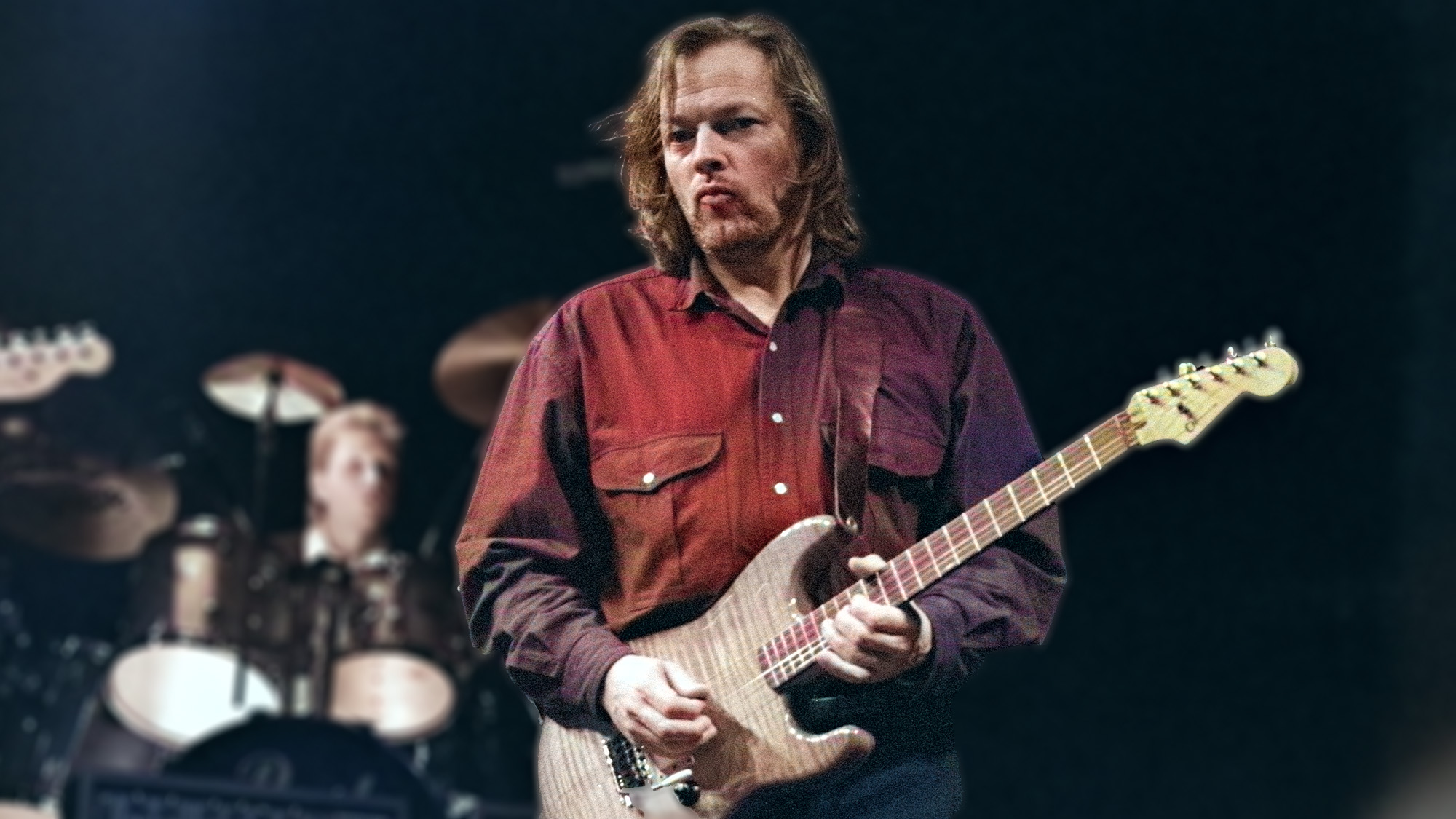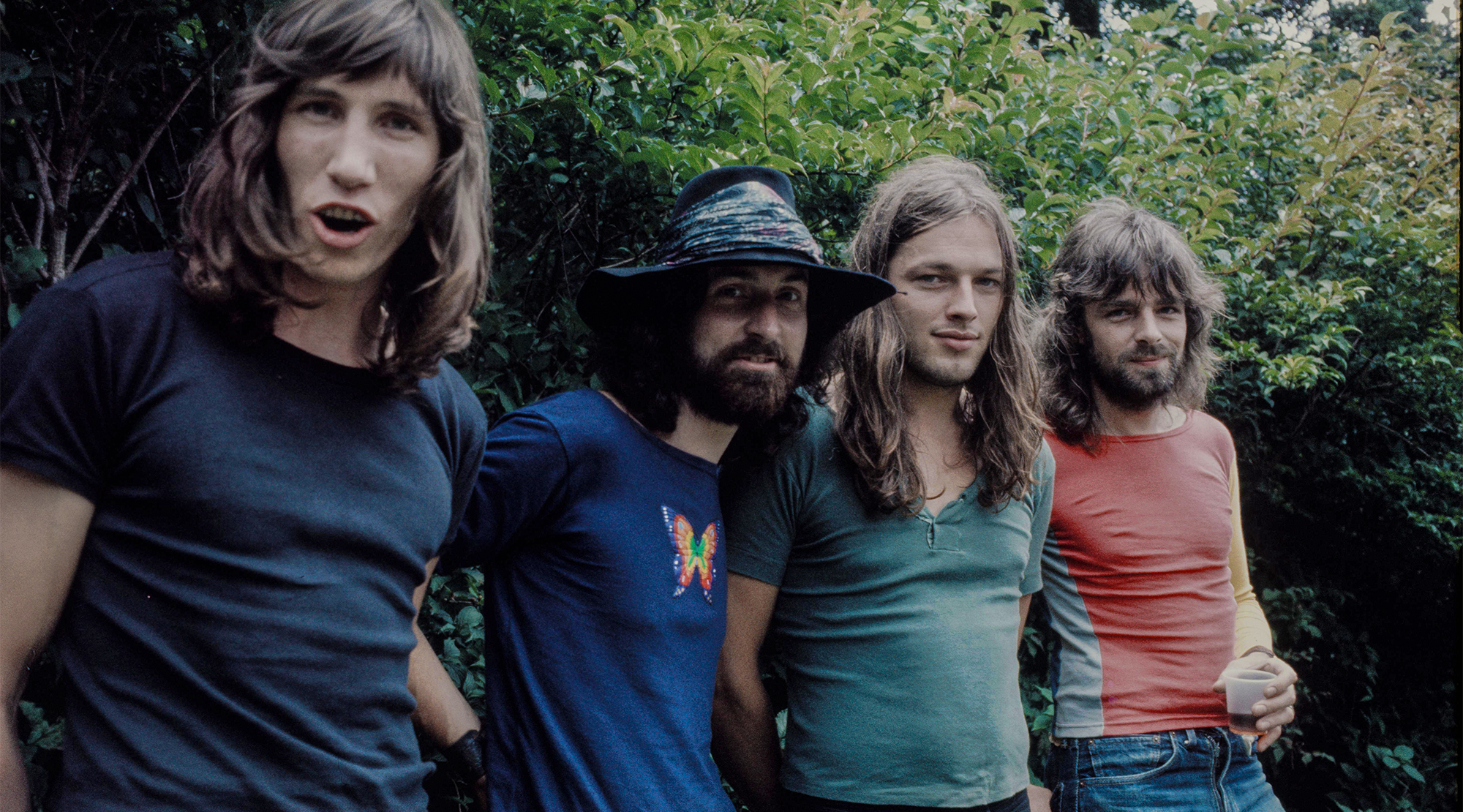“The blues run pretty deep in my playing.” David Gilmour reveals the impact of Eric Clapton and Jimi Hendrix on his signature Pink Floyd guitar style
Gilmour says that as a young guitarist he worked out blues solos by Clapton, Hendrix and Howlin' Wolf that later informed his playing with Pink Floyd

For a guitarist who’s made his mark in the world of prog rock, David Gilmour is remarkably rooted in the blues. An old-school progger like Steve Howe shows fluency in a range of styles — from rockabilly to classical to jazz and bluegrass — while a more modern prog player like Tim Henson combines elements of progressive metal, jazz, trap, and K-pop.
But Gilmour has somehow managed to navigate Pink Floyd’s catalog with little more than bluesy phrasing on electric guitar, and with elements of folk when he ventures into acoustic guitar territory.
“My style is my style, and it was created out of an amalgamation of the folk and blues I started with,” he told Guitar Player in 2003, “as well as my early years in Pink Floyd when I was attempting to be a psychedelic-type guitar player.
“That being said, I think I always come back to certain elements of blues phraseology. The blues run pretty deep in my playing.”
It’s a rich musical vein that nurtures some of his most iconic solos, including those in Pink Floyd tracks like "Money" and "Comfortably Numb."
As he told Guitar World in 1988, he started out on electric guitar copying the lines of late 1960s guitarists like Eric Clapton and Jimi Hendrix.
“When I was young, I actually sat down and learned many of the classic blues solos by Eric and Hendrix as well as studying old Howlin' Wolf records,” he said.
All the latest guitar news, interviews, lessons, reviews, deals and more, direct to your inbox!
That apparently served him well when Gilmour joined B.B. King for a New Year's Eve performance on Later... With Jools Holland in 1997.
In 1968, around the time that he was studying Clapton and Hendrix, Gilmour joined Pink Floyd as support for guitarist Syd Barrett before taking over once Barrett’s mental decline made him unreliable. Given his role at the time, Gilmour attempted a more, as he said above, “psychedelic” style.
“When I joined Pink Floyd I was trying to play some of Syd Barrett's parts, yet adapt them to my own style and taste. The framework I was working in was already set, and it included a style of guitar playing that was already a part of it. It took a while for me to allow myself to stray from what I thought I should be doing.”
And while specific references to Gilmour’s blues influences don’t appear verbatim in his playing, he says they are within the well from which he draws to create his own signature style.
“It's like, you've got a series of things that you can put together in different combinations but there aren't that many moves you can make,” he explained. “Instead, I try to approach things, given my limitations and strengths, from a more melodic standpoint and just work on it until it sounds... nice.
I try not to be too tied down by rules and regulations. So the blues influence may come out at times but I like to think I come at it from a different angle."
— David Gilmour
"I don't really have any plan in hand that helps me to deal with this. I try not to be too tied down by rules and regulations. So the blues influence may come out at times but I like to think I come at it from a different angle."
Part of that “different angle” is simply down to Gilmour’s inability to play fast. As he revealed to The Telegraph, “I just have not got very good coordination between left and right hand. My fingers are very slow. I couldn’t do what all these other guitar players could do, so I had to do something different.”
He elaborated on this with Rick Beato last year, when he explained his early attempts to play in the faster style of guitarists like Ritchie Blackmore and Jimmy Page, “There were years when I was younger where I thought I could get that if I practiced enough,” he said. ” But it just wasn’t ever really going to happen. I’ve got no control over the music I make.”
Christopher Scapelliti is editor-in-chief of GuitarPlayer.com and the former editor of Guitar Player, the world’s longest-running guitar magazine, founded in 1967. In his extensive career, he has authored in-depth interviews with such guitarists as Pete Townshend, Slash, Billy Corgan, Jack White, Elvis Costello and Todd Rundgren, and audio professionals including Beatles engineers Geoff Emerick and Ken Scott. He is the co-author of Guitar Aficionado: The Collections: The Most Famous, Rare, and Valuable Guitars in the World, a founding editor of Guitar Aficionado magazine, and a former editor with Guitar World, Guitar for the Practicing Musician and Maximum Guitar. Apart from guitars, he maintains a collection of more than 30 vintage analog synthesizers.
